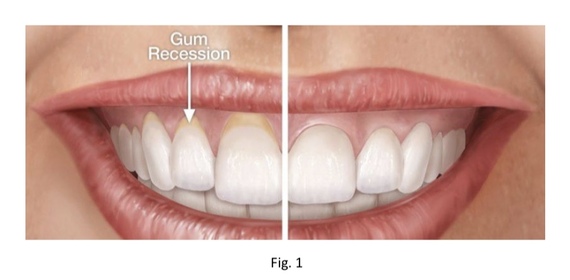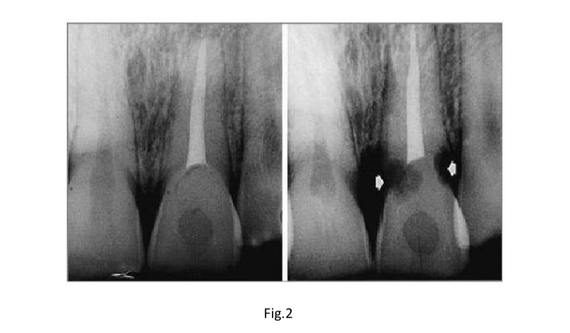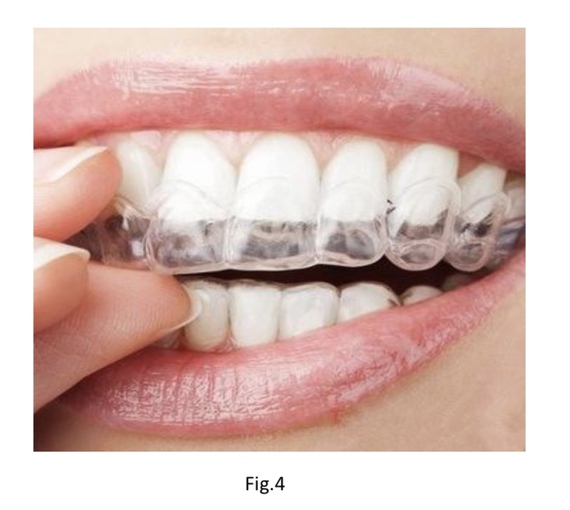Over the years, there comes more and more products that offer you a brighter smile. Most of these products are not advised to be used by professional dentists. Some may think that’s because the dentists do not want to lose this huge marked to non-medical producers.
In this brief article, you will see how a bleaching agent can actually damage your teeth and surrounding tissues severely if used without supervision by a dentist (tannlege). This is not a rare side-effect by all means. It has something to do with the concentration and type of the bleaching agent as well as the method of delivery, the duration of application and method of activation of the bleaching agent.
General rule is that when the concentration of the bleaching agent goes up, it acts faster and much more likely to damage your teeth and the surrounding tissues. There is also an increased risk of damage to the lining of your digestive tract. A study suggests that on average 25% of the bleaching agent is ingested when used in trays for 2 hours. However, this is not the main concern of these products. High concentration bleaching agents are usually light or heat activated. Studies show that use of light or heat activated agents entail higher risk of damaging the pulp (the tooth nerve) and causing gum recessions (fig.1)

There is also higher chances of “root resorption”, a serious condition which can lead to loss of one or several teeth (fig. 2).

Though this concern is much higher with non-vital root canal treated teeth. So, tooth bleaching must be administered and controlled by a professional and competent dentist.
Other issues with high concentration bleaching agents
High concentration bleaching agents have another big downside. The effect of these products is very short-lived. This will make it necessary to repeat the bleaching procedure in very short intervals (months) in order to maintain the same bright white smile. This in itself means increased chances of damage to the teeth and gums.
For the safest and most long-lasting bleaching effect, most dentists recommend a mild gradual bleaching (dentist administered home-bleaching) that is usually done through 10-14 days. By doing this, you will make sure that you don’t need another bleaching for several years.
Important thing to consider about the over-the-counter whitening products
If you are considering one of those products that you can purchase online or at your local pharmacy to whiten your teeth, there are a couple of factors you need to consider. The common nominators for all these generic products are the following:
- You might not get any whitening effect at all
- If you do, the whitening effect is very short-lived (months)
- The whitening effect is usually not homogenous. This means that you end up with an even whitened spots with darker areas here and there (fig. 3)

Safest and most effective method of tooth whitening
When it comes to tooth bleaching or whitening, there is a recognized gold standard. This method is preferred by most dentists all over the world. This method is the safest, most effective and most cost- efficient way of brightening your smile. This is by means of low concentration bleaching agents used in custom made bleaching trays (fig.4), done in a gradual fashion (10-20 days)

The bleaching trays which are custom made based on models of your teeth, are made by your dental office. They are made to fit your teeth completely. When you receive your trays and the bleaching agent from your dentist office, you will get instructions on how to use this system at home. This way, you are sure to get the safest, most effective, homogenous and long-lasting whitening of your pearls.






